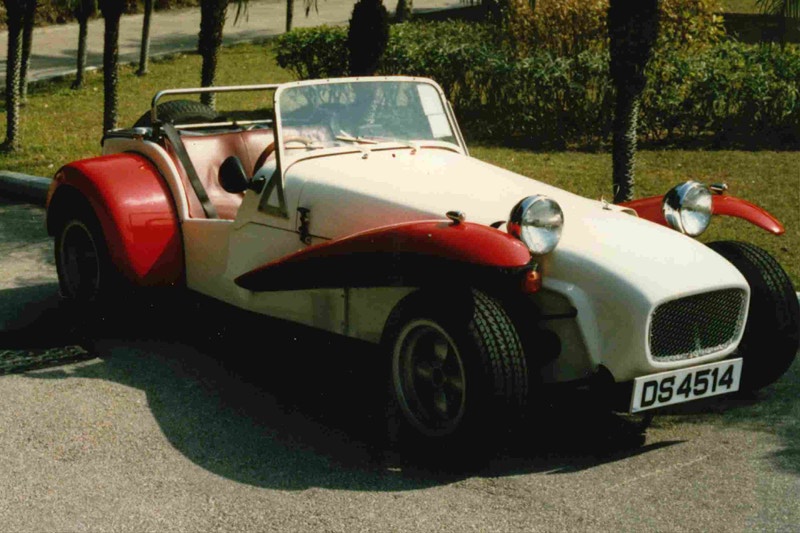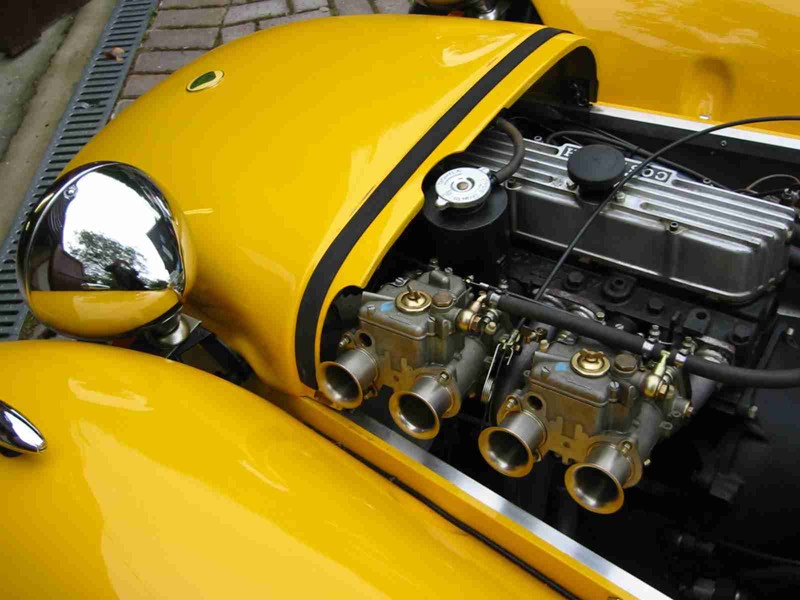
It was a dream reaching at least 10 years back, most likely 15… Honestly, I do not remember when the dream of acquiring a Lotus Seven was born.
Life takes some turns along the way, and ever having the means to buy and pay maintenance of a sports car could turn out to never happen.
However stars must have aligned in some rightful way, back in early December 2020, when all of the sudden SB2237, turned up in my browser.
December went on fighting myself about budget, rightfulness, timing and over hearing my spurs recommending to go for it. After having settled over the Christmas dinner, decision was clear, if not sold, it should become mine.
Then things went quickly, and on the 28th of December, after a short physical review, payment was settled, and I was officially the owner of a Lotus Seven, series 2, of 1967.
I would like to thanks Daniel, for trusting me with the car. Well maintained and with a rich history, there is certainly some big responsibilities following the ownership.
-Steffen
















